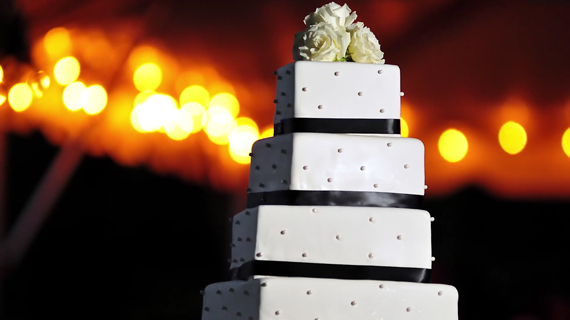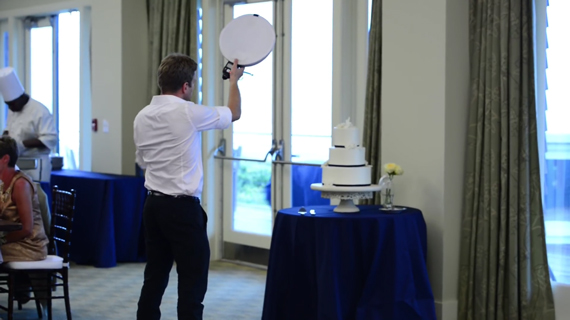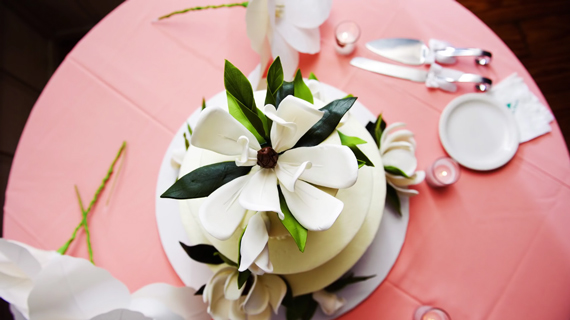In addition to capturing all the perfect moments of the ceremony and reception, a wedding photographer is responsible for shooting the many little details that go into a wedding. Couples spend a lot of money and time to get the perfect wedding cake—it’s a detail you can’t leave out. Patrick Haul from Fstoppers explains how you can take beautiful photos of a wedding cake:
As couples invest a lot in getting the perfect cake, it becomes necessary for the photographer to capture the wedding cake in a way they dreamed of it. On a side note, a good photograph of the cake will allow you to send the photos to the cake designer who in turn can refer more business for you. This is why getting that perfect looking image of a cake is essential and should not be taken lightly. Haul shares some of his working tips for photographing a cake.
Shoot with a telephoto lens
Shooting with something like a 70–200 lens at the telephoto end will allow you to get nice background blur and remove any distractions from the background, giving the cake undivided attention. Also, if there is any interesting lighting behind the cake, you can get bokeh balls in your image using the lens wide open. If space is insufficient, shooting with a wide lens is okay, too, as it allows to get you close and get detailed shots of the cake.
Shoot from multiple angles
Haul likes to shoot by crouching a bit to get an interesting look. Experiment by shooting from multiple angles and see what works best for the cake. If there are any distracting elements in the background, change the camera angle.
Use a two-light setup
Haul uses a basic two-light setup for photographing cakes. He uses an on-camera speed light bouncing from the ceiling or at an angle to act as the key light, and a second off-camera speed light inside a flash disc to act as the fill/kicker light. The on-camera speed light provides a correct exposure to the overall scene while the off-camera light is held by the assistant to provide some directional soft-light. However, to make the cake stand out more in a dramatic way, Haul suggests turning the on-camera light off and shooting just with the off-camera light. Shooting just with the off-camera light comes in handy if you need to shoot the cake outdoors where there is no ceiling to bounce the light. Experiment with both lighting schemes and see what works the best for you.
Perfect your camera settings
While the camera settings depend totally on the lighting conditions, Haul discusses the basic settings that he uses while shooting in reception halls. He likes to start off with the ambient light and set his aperture to f/2.8, ISO to around 1000, and a slow shutter speed of 1/60 to 1/20 second. These settings get him a dark photo with some ambient light, to which he adds the on-camera and off-camera lights. He recommends the on-camera flash be used either in TTL or manual mode and the off-camera flash be under-powered compared to the on-camera flash.
Experiment with different lighting, camera angles, and focal lengths
As a professional, you will need to make sure that the images that you deliver stand out from the images that the guests will be taking. Therefore to add some value, experiment with different lighting setups, camera angles, and focal lengths to get the best images.
At the end of the day, it’s about figuring out what kind of shot works best for you and what you can reproduce consistently. As a photographer, you’ll want to get something unique every time, but remember that what is not unique for you may be something totally new for the client.
“Find that go-to shot that really works for you and keep in the back of your mind that the clients have not seen every wedding you have shot. For them, that one shot is going to be completely unique, and it’s going to really stand out in their wedding album.”
Like This Article?
Don't Miss The Next One!
Join over 100,000 photographers of all experience levels who receive our free photography tips and articles to stay current:









Leave a Reply